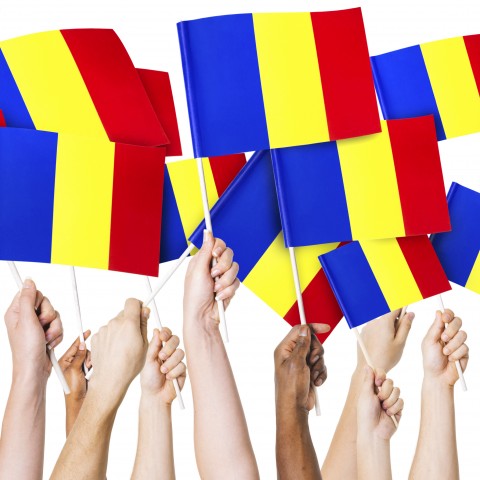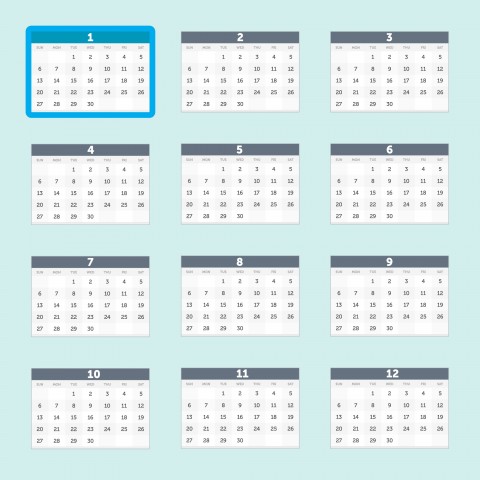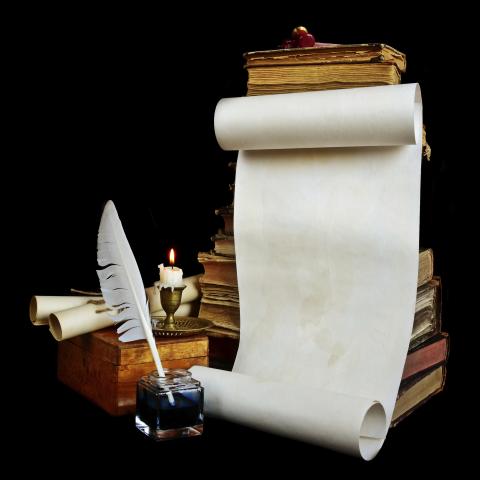Romanian Unification Day was first celebrated in 2015, and commemorates one of the most significant events in Romania’s history: when it officially became Romania in 1866. Learn more about the Unification of Romania and how this holiday is celebrated with RomanianPod101.com!
We’ll go over its history, some vocabulary, and why Unification Day in Romania is so significant!
1. Why Should You Know About Romanian Unification Day?
Despite only recently becoming a celebrated holiday, Romanian Unification Day may just be the most important and significant Romanian holiday. This is because if the event it commemorates never took place, there would be no Romania as we know it today. Romanian Unification Day observes the day that Romania became Romania.
That said, in order to fully appreciate Romania and its language, it’s vital that you know as much about this day as possible, as well as the history surrounding it.
2. What is Romanian Unification Day?
On January 24, Unification Day in Romania is celebrated. There’s a lot of background to cover here, but essentially this commemorates the 1862 unification of Moldavia and Wallachia, which later became Romania.
Here’s a quick rundown of this holiday’s history.
1- Moldavia and Wallachia Before Unification
The two principalities of Moldavia and Wallachia were once called the Danubian Principalities, during the 14th century. In a sense, these two principalities were grouped together—following the 1774 Treaty of Küçük Kaynarca—because this made it easier to identify them as having a similar geopolitical stance.
2- Events Leading up to their Unification
While several events occured before the unification of Moldavia and Wallachia (and Transylvania), here are a few of the most significant:
- Power struggles and battles involving the Russians and Habsburgs
- Involvement in the Greek Independence War in the 1800s
- Russo-Turkish War (1828-29)
- Crimean War (1853-56)
- Treaty of Paris (1856)
- Formation of “The Great Powers”
- Ad hoc Divans allows Alexander Ioan Cuza to rule United Principalities of Moldavia and Wallachia
3- The Unification in 1862
In 1862, the United Principalities of Moldavia and Wallachia was shortened to the Romanian United Principalities, thus paving the way for the creation of the Romanian Kingdom four years later, in 1866.
3. When is Unification Day in Romania?
Each year, Romania celebrates its Unification Day on January 24.
This new holiday was first celebrated in 2015, though it commemorates the day in 1862 when the United Principalities were formed from Moldavia and Wallachia. Four years later, this came to be called Romania, thus making this one of the most important events to happen in Romania’s history.
4. How is Romania Unification Day Celebrated?
Romanian Unification Day only became a largely celebrated holiday in 2015, and so there aren’t really set traditions for celebrations. However, this is a Sărbătoare națională or “public holiday,” meaning that the majority of Romanians take this day off of work and school.
On Unification Day, Romanians often celebrate with the following:
- Fireworks
- Speeches
- Singing and praying
And celebrations of this day aren’t limited to Romania—there are some other places around the world which find reason to celebrate this day, including Vancouver, Canada!
5. Additional Information
1- Romania’s Great Union Day
A quick note on this holiday:
Be sure not to confuse Romanian Unification Day with Romania’s Great Union Day.
The latter takes place on December 1 each year, and is Romania’s national holiday. It celebrates the day in 1918 when Transylvania, Bessarabia, and Bukovina officially united with The Romanian Kingdom.
While there isn’t too much information on Romanian Unification Day or its celebrations as of yet—considering its newer status as an official holiday—you can hopefully see why it really does deserve its own day. This is not a holiday to be undermined considering its significance and the weight it bears in Romania’s history.
6. Must-know Vocab for Unification Day in Romania
In order to celebrate Romanian Unification Day to its fullest, there’s some basic vocabulary you should know. Check out our list below:
- Bancă — Bank
- Discuţie — Discussion
- Companie — Company
- Ianuarie — January
- Istorie — History
- Constituție — Constitution
- Sărbătoare națională — Public holiday
- Închis — Closed
- Unit — United
- Oficial — Official
- Succes — Success
- A crea — Create
To hear the pronunciation of each word, you can visit our Romanian Unification Day vocabulary list, and listen to the audio file alongside each phrase.
7. Reading Practice: Alexander Ioan Cuza
Read, in Romanian, this paragraph about Alexander Ioan Cuza—the man who came to rule the united Moldavia and Wallachia!
1- Romanian
După ce a fost ales pe tronurile Moldovei și Valahiei, Alexandru Ioan Cuza a început să facă unii pași pentru unirea Principatelor Române într-o singură națiune. El a încercat să obțină recunoașterea oficială a celor două principate de către restul lumii, iar unii dintre liderii europeni, precum Napoleon al III-lea al Franței, au fost de acord să recunoască unirea, deși ministrul austriac a refuzat să o aprobe la Congresul de la Paris, din 1858. Din cauza problemelor recunoașterii unirii de către restul Europei, sultanul Abdulaziz al Imperiului Otoman nu a recunoscut autoritatea lui Cuza până în 1861.
2- English Translation
After being elected to the thrones of both Moldavia and Wallachia, Alexandru Ioan Cuza began making strides toward bringing the Romanian Principalities together into one nation. He sought to get the combination of the two principalities formally recognized by the rest of the world, and some European leaders, like Napoleon III of France, agreed to recognize the union, although the Austrian ministry refused to approve it at the 1858 Congress of Paris. Because of the problems getting the union recognized by the rest of Europe, Sultan Abdulaziz of the Ottoman Empire didn’t recognize his authority until 1861.
Conclusion
There you have it! Some of the most important information surrounding Romania Unification Day (January 24). What do you think about this holiday, and is there a similar holiday in your own country? Let us know about it!
If you want to learn even more about Romania’s history and culture, be sure to check us out at RomanianPod101.com! We have an array of blog posts and vocabulary lists to help you grasp the language quickly in the most entertaining way possible; we even an online community where you can discuss your learning with other language-learners! And for a one-on-one teaching experience, you can download our MyTeacher app.
We wish you the best as you seek to understand Romania’s culture and learn its language!















